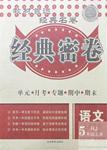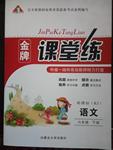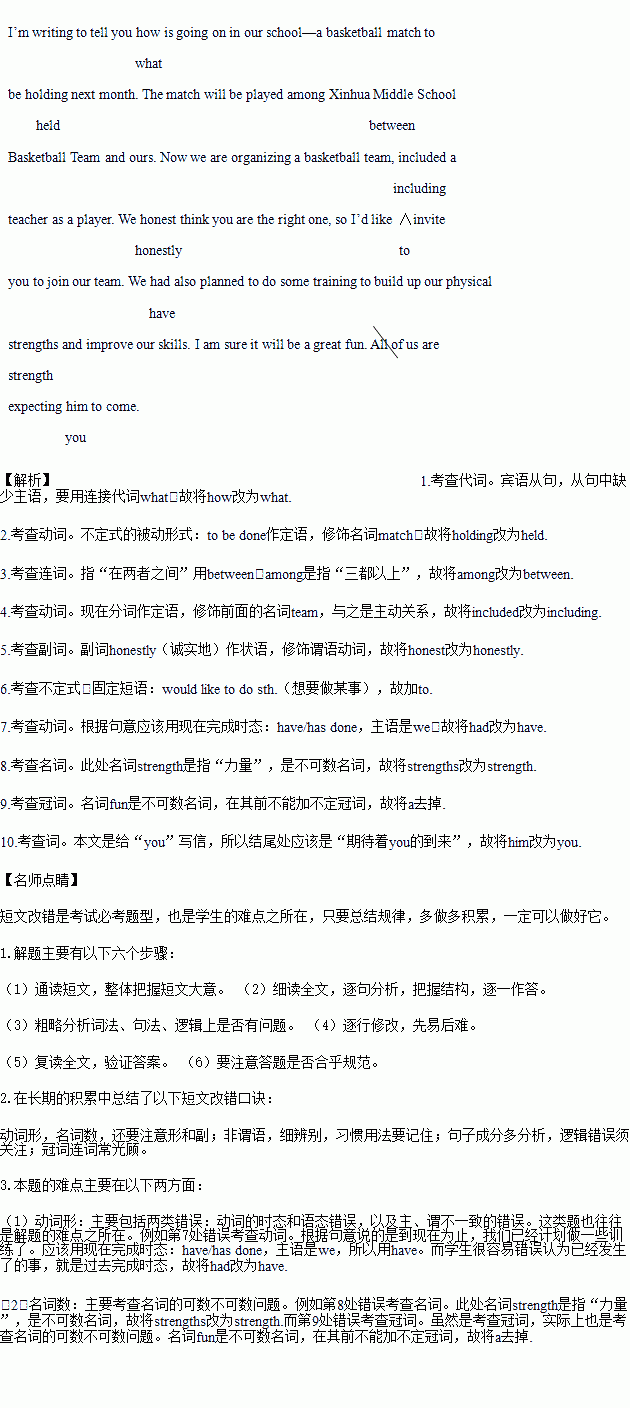ΧβΡΩΡΎ»ί
ΦΌΕ®”Δ”οΩΈ…œάœ Π“Σ«σΆ§Ήά÷°ΦδΫΜΜΜ–όΗΡΉςΈΡΓΘΈΡ÷–Ι≤”–10¥Π”ο―‘¥μΈσΘ§ΟΩΨδ÷–ΉνΕύ”–ΝΫ¥ΠΓΘΟΩ¥Π¥μΈσΫω…φΦΑ“ΜΗωΒΞ¥ ΒΡ‘ωΦ”ΓΔ…Ψ≥ΐΜρ–όΗΡΓΘ
‘ωΦ”ΘΚ‘Ύ»±¥ ¥ΠΦ”“ΜΗω¬©Ή÷ΖϊΚ≈Θ®ΓΡΘ©Θ§≤Δ‘ΎΤδœ¬Οφ–¥≥ωΗΟΦ”ΒΡ¥ ΓΘ
…Ψ≥ΐΘΚΑ―Εύ”ύΒΡ¥ ”Ο–±œΏΘ®®vΘ©Μ°ΒτΓΘ
–όΗΡΘΚ‘Ύ¥μΒΡ¥ œ¬Μ°“ΜΚαœΏΘ§≤Δ‘ΎΗΟ¥ œ¬Οφ–¥≥ω–όΗΡΚσΒΡ¥
ΉΔ“βΘΚ1Θ°ΟΩ¥Π¥μΈσΦΑΤδ–όΗΡΨυΫωœό“Μ¥ ΘΜ
2Θ°÷Μ‘ –μ–όΗΡ10¥ΠΘ§Εύ’ΏΘ®¥”ΒΎ11¥ΠΤπΘ©≤ΜΦΤΖ÷ΓΘ
Dear Mr.Green,
IΓ·m writing to tell you how is going on in our schoolΓΣa basketball match to be holding next month. The match will be played among Xinhua Middle School Basketball Team and ours. Now we are organizing a basketball team, included a teacher as a player. We honest think you are the right one, so IΓ·d like invite you to join our team. We had also planned to do some training to build up our physical strengths and improve our skills. I am sure it will be a great fun. All of us are expecting him to come.
Yours,
Li Hua
 Ψ≠ΒδΟήΨμœΒΝ–¥πΑΗ
Ψ≠ΒδΟήΨμœΒΝ–¥πΑΗ Ϋπ≈ΤΩΈΧΟΝΖœΒΝ–¥πΑΗ
Ϋπ≈ΤΩΈΧΟΝΖœΒΝ–¥πΑΗ »ΐ–¬Ωλ≥ΒΫπ≈Τ÷ή÷ήΝΖœΒΝ–¥πΑΗ
»ΐ–¬Ωλ≥ΒΫπ≈Τ÷ή÷ήΝΖœΒΝ–¥πΑΗ

 B.
B. 
 D.
D. 